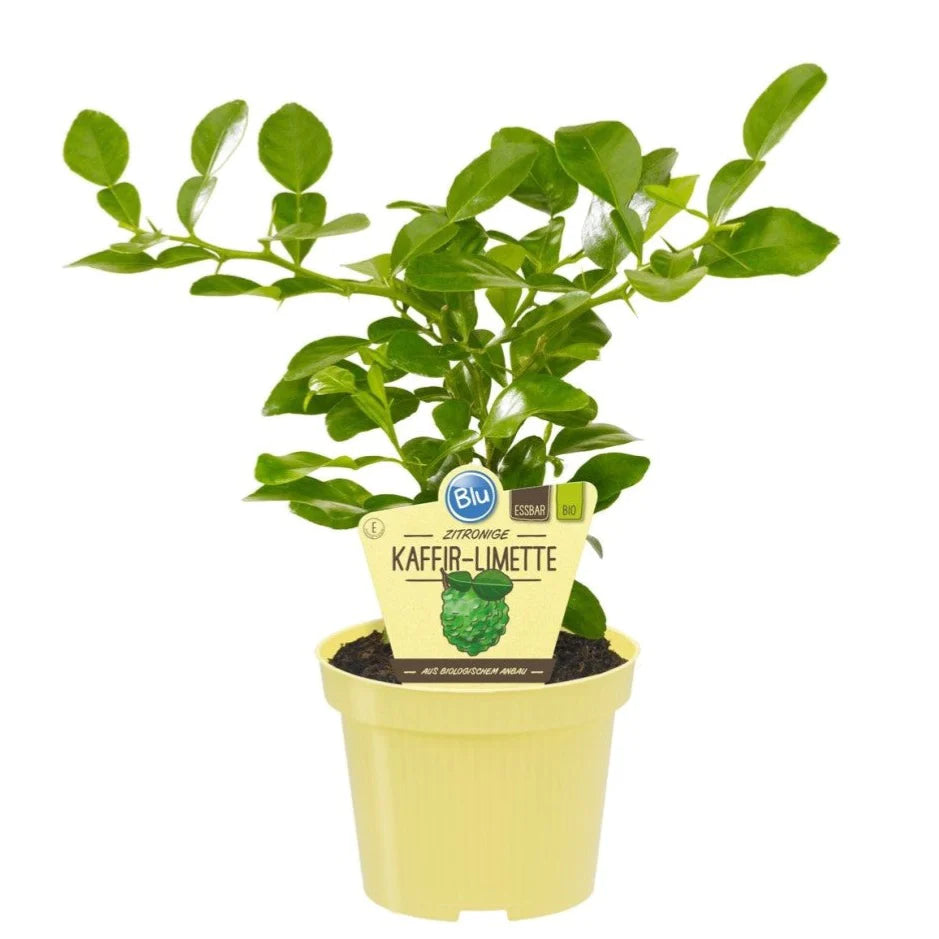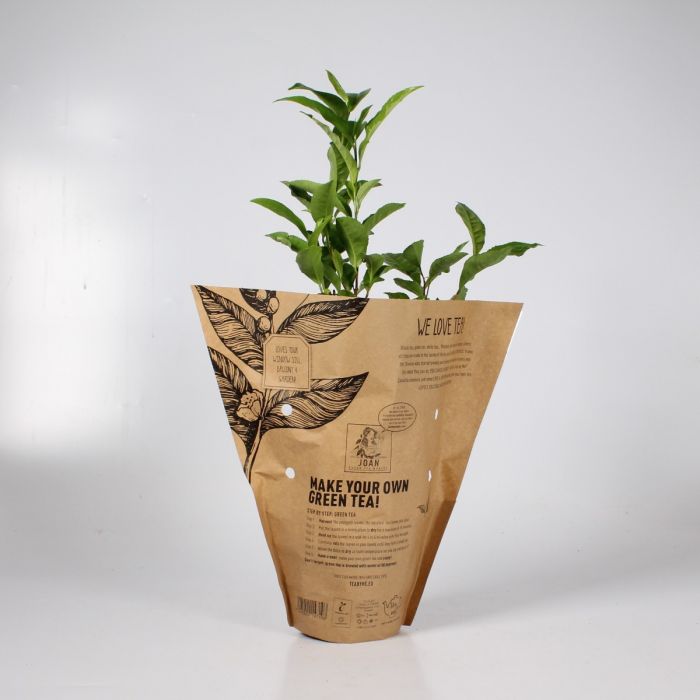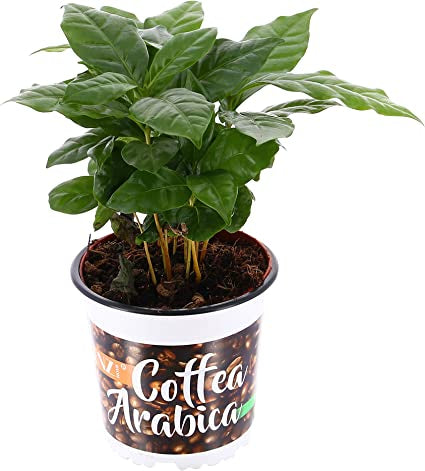Your Cart is Empty
FREE DELIVERY OVER £60
FREE DELIVERY OVER £60
PLANTS & FLOWERS
Office plants & Services
EXTERIOR PLANTING
CHRISTMAS TREES AND DISPLAYS
The holly Truth of Monstera Leaves with holes
3 min read

The holly Truth of Monstera Leaves with holes
What is monstera?
Monstera is one of the most common and showy indoor plants.
The native habitat of the monstera is the rainforests of Central America. Various types of monsteras grow in Brazil, the Yucatan Peninsula and Mexico.
The genus comprises of around 50 species of evergreen plants - lianas.
The plant got its name due to its enormous size (lat. Monstrum - "monster"). According to another version, the name "monstera" comes from lat. monstrotus - "amazing, bizarre."
Monsteras are quite easy to grow at home, perhaps that is why they are so widespread.
In nature, monstera can reach 30-40 meters in height, in indoor conditions, of course, the dimensions are more modest. However, even at home, monsteras will stretch for several meters.
Why monstera leaves have holes?
An American scientist has found out why the popular houseplant monster needs punctured leaves. New research suggests leaves of this shape help to adapt to low light.
According to biologist Christopher Muir of Indiana University in Bloomington, the holes in the leaves are due to the conditions in which the plant lives in its natural environment. Most of the time, it is hidden from sunlight by the dense crowns of trees - and photosynthesis has to be done thanks to the bright sun rays, which only occasionally fall on the leaves. These rays pass through the foliage of trees in gusts of wind, so that where they will fall is impossible to predict.
Through mathematical calculations, Christopher Moore proved that slotted leaves have a better chance of catching a random ray of light than whole leaves with the same surface area. Moore also explained why the leaves of the young monster plants are without holes. With age, monsters rise higher along tree trunks, where the sun's rays penetrate more often. In the lower tiers, where young monsters live, random rays still barely reach, so the holes are practically useless here. Previously, scientists suggested that the holes in the leaves either help the monsters better tolerate heavy rains (letting wind and water pass), or in some way participate in thermoregulation. The theory of catching sunlight has not yet been considered by anyone. However, this theory also needs to be tested. Christopher Moore claims that his hypothesis can be tested by placing the sensors in the shape of a solid and leaky leaf to determine which of them catches light more often.
Why my monster leaves have no holes?
Young leaves usually do not have cuts. The absence of fenestration on mature leaves may indicate a lack of light, too low air temperature, lack of moisture or lack of nutrition!
There are no cuts on young leaves, they appear gradually on older ones. But if the incisions were at first, and then began to decrease in number, this is a sign of a lack of light. In order for the leaves to become carved as quickly as possible, it is necessary to provide good lighting. There is an opinion that since the monstera is a vine climbing trees, it cuts the leaves when it crawls high, closer to the sun, so that the light falls through the cuts on the lower leaves. These are young monstera leaves are heart-shaped without holes and cuts. The older the leaf, the more holes and cuts, provided the plant has enough light.
Will monster leaf develop holes later?
The short answer is NO. Monstera leaves once appeared will not develop any holes. For some holey magic wait for the next and hope for the best.
Why Monstera leaves are are small?
Monster will not give beautiful large leaves until its roots filled the entire planter. That is, it will grow, but you will have to wait for perforated leaves. From experience I realized that almost all aroids do this - they do not grow large leaves, and do not bloom, while the roots in the pot feel spacious.
How to get Monster to develop more cheese holes?
Holes are the goals for every Monstera parent. To get more holes just let it grow, let it grow, let it grow while provided a lot of diffused sunlight. Age of the plant will in itself produce fenestrated leaves. Juvenile monster plants have heart shaped leaves similar to other aroids and often can be mistaken for a different aroid plant.
Leave a comment
Comments will be approved before showing up.
Subscribe
Sign up to get the latest on sales, new releases and more …

















































